Why your sleep position matters


What position do you sleep in?
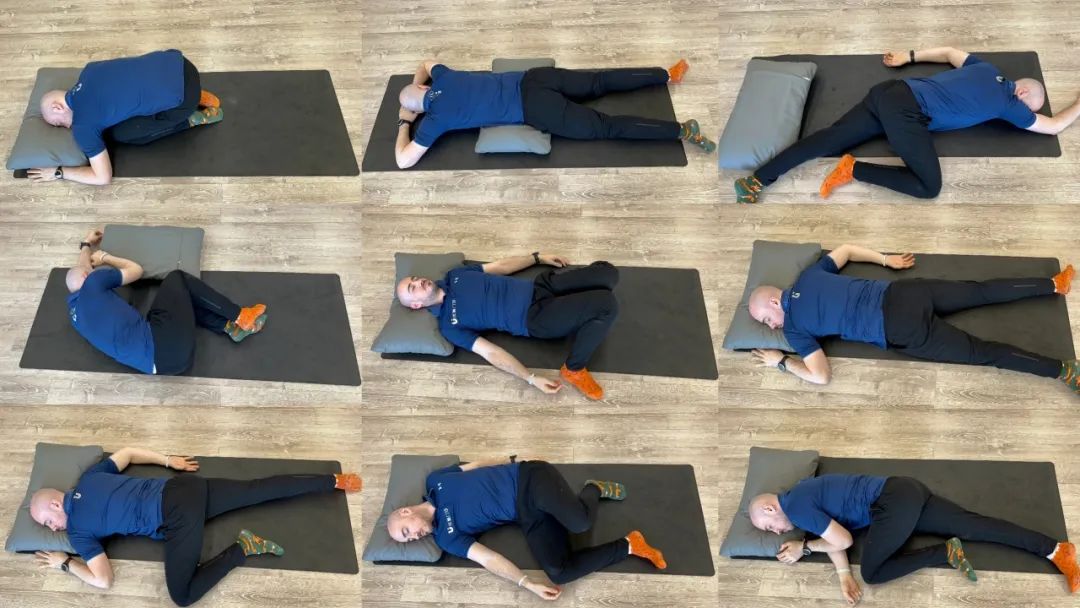
There are multiple positions we might take for what we think will give us a restful night’s sleep: Supine (lying on our back), Prone (lying on our stomach), Side or even Fetal position … apart from many other variations we might end up in during the night.

Author / Amarildo Lauren
UP Medical
But did you know that the way you sleep, and the type of support you have – everything from your pillow, its’ position, to your mattress, and more – could affect how rested you feel?

In fact, in a study of over 500 participants, an overwhelming amount found that sleeping on their side (384 out of 517), was the most comfortable and conducive for a restful nights sleep.

It’s been established that the side position is significantly protective of waking cervico-thoracic symptoms – pain produced in the neck. Where as the supine position, known to be the safest, has shown to not be helpful in preventing these symptoms, maybe even aiding aggravation. Prone position still remains unrecommended due to increased rotation angles and uneven pressure on the spine.
Additionally, the amount of movement one had during his/her sleep (changes of positions lasting longer than 30 seconds), contributed to a poor nights’ sleep.
While some of these factors are more difficult to manage than others, there are certain adjustments we can make to how we sleep, and what we sleep with, that can greatly improve our sleep quality.
Let’s first take a look at our sleep surface:
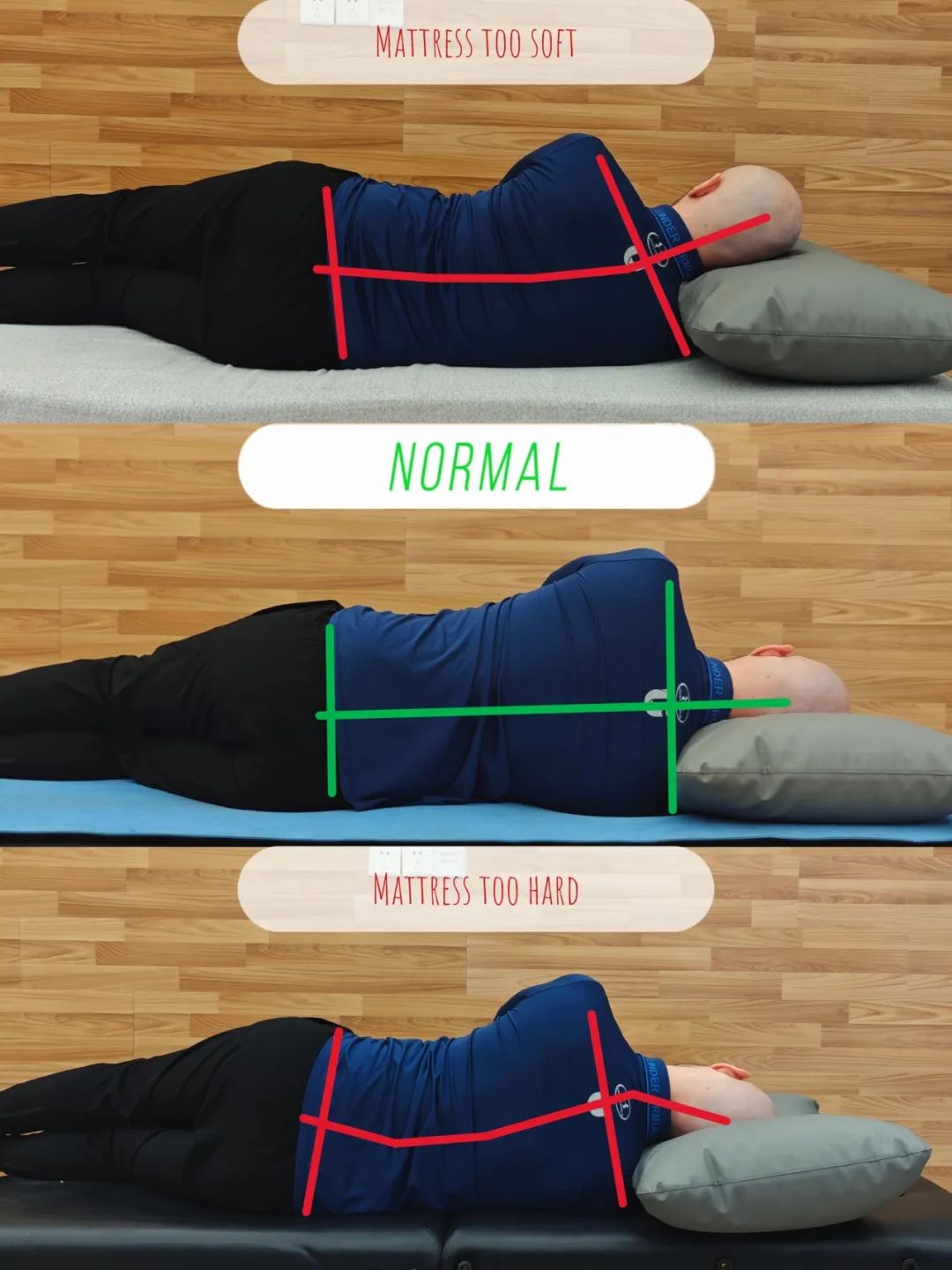
Notice that if the surface is too hard, or too soft, it can affect the torso and positioning of the body. Regardless, if one is sleeping on their side, or back, the surface can cause additional arching throughout the spine and neck, that could leave you feeling more sore than rested upon waking.
Along with changing the surface, an additional technique is to use pillow support to fill the ‘gaps’. Notice that if your pillow is too high, too low or too far away from the base of the neck, it can also create a lack of support leading to issues like sleep apnea.
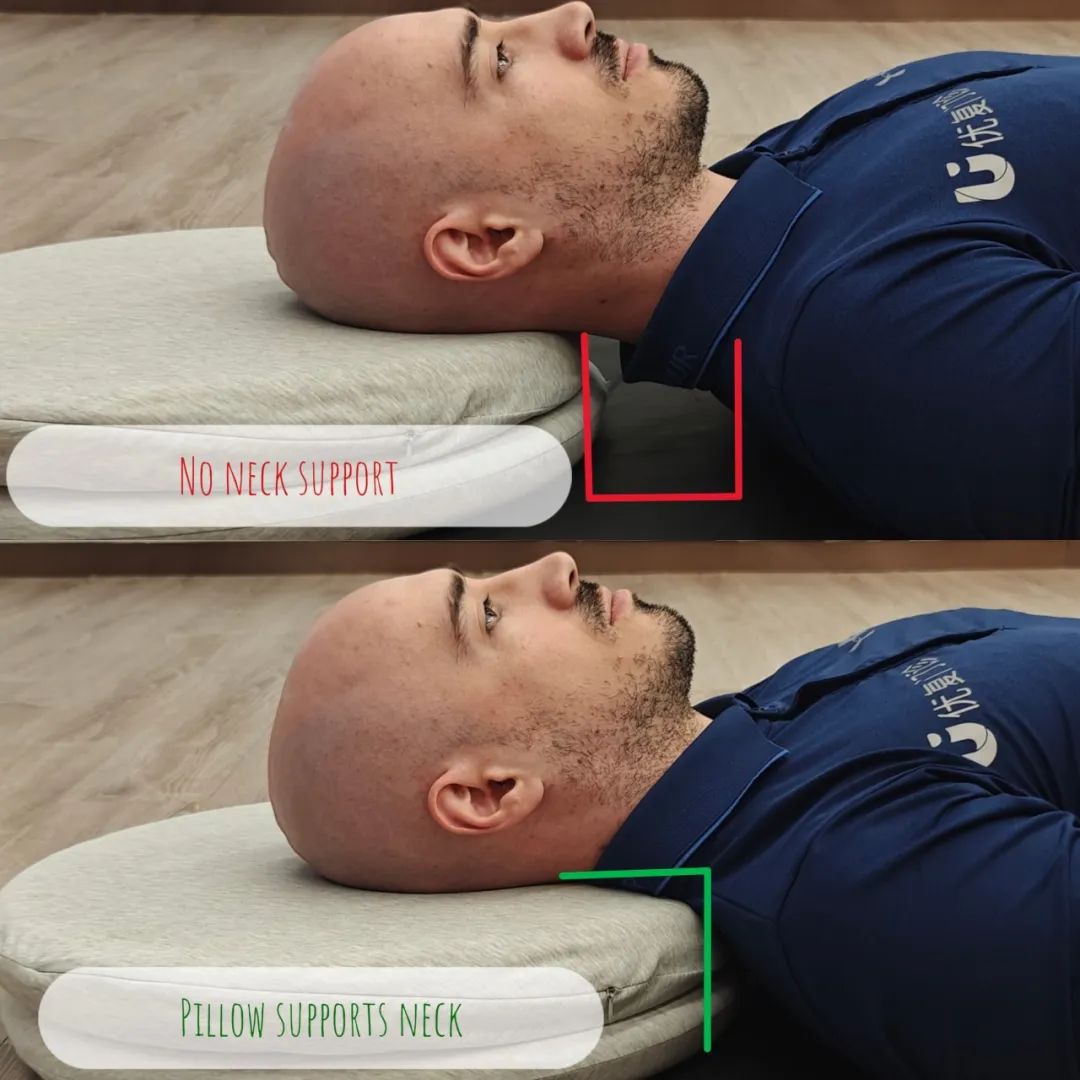
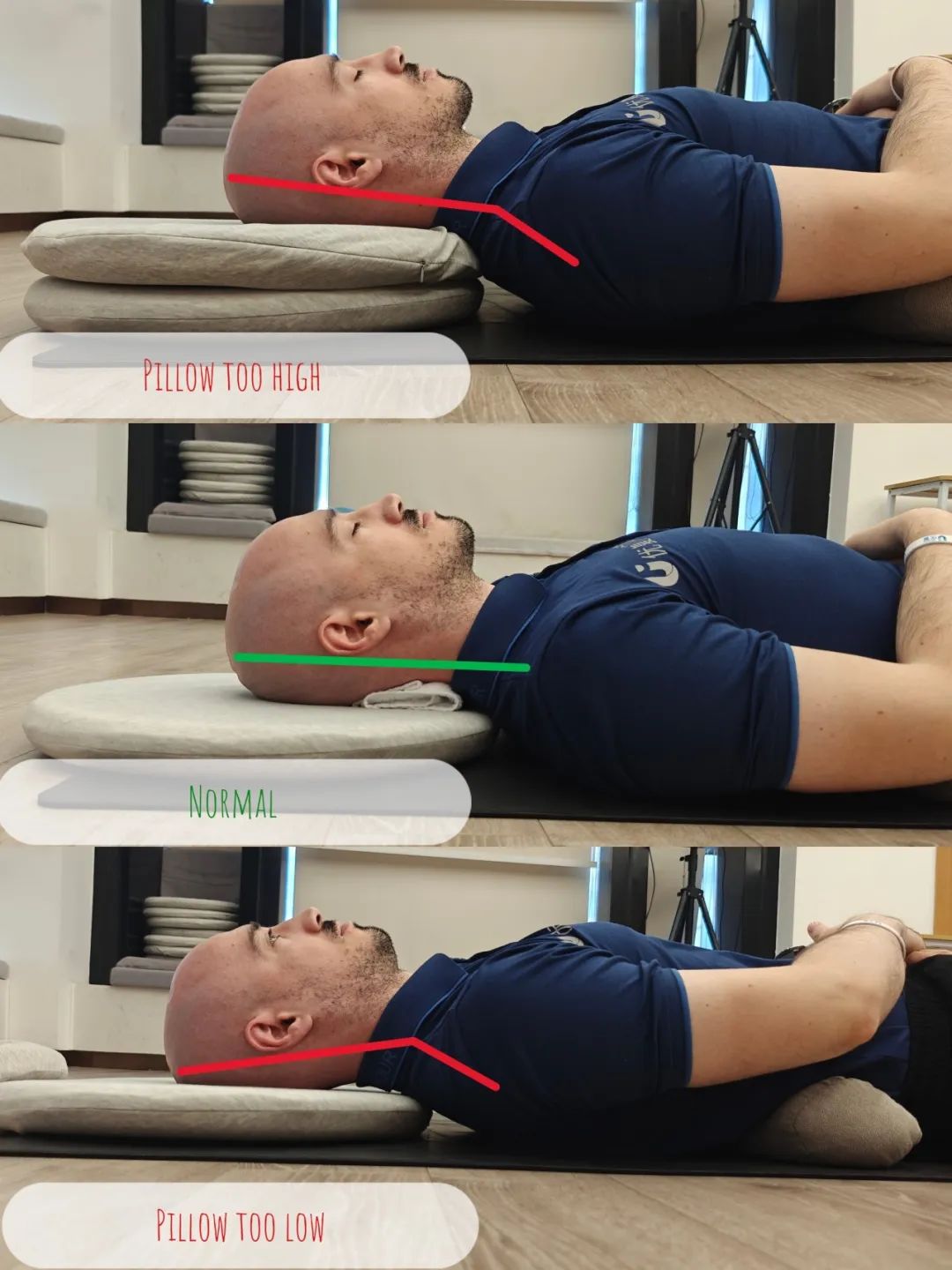
So how does one make some of these adjustments, other than just by moving your pillow around to what feels appropriate? By measuring of course!
1
Step 1: Find the bony prominence in your shoulder
Use your fingertip to feel for the bone on top of the shoulder. Do not measure out to the side of the arm.

2
Step 2: Measure using a ruler
Measure the length of your shoulder using a ruler.
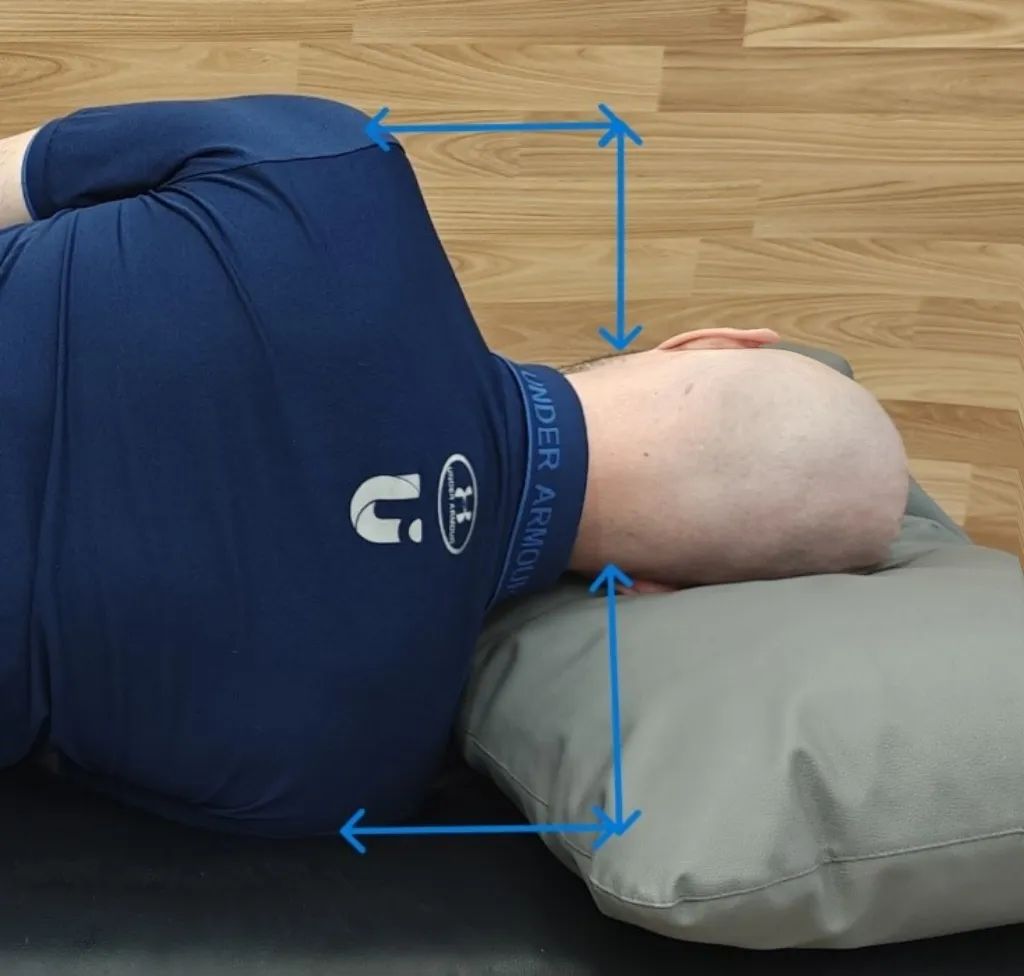
Once you have this measurement, you can now use it to adjust your pillow according to the length of your shoulder. The suggestion is that people should side lie with the gap between the head and mattress filled (with a pillow) so that the head is in equidistance from each shoulder in a semi-fetal position.
After making these adjustments, you should be able to find more comfort of course while you sleep, and possibly even more energy when you awake. If you are not a side sleeper, it’s worth considering to try – make sure to use the pillows for support.
Sleeping on your side is considered by the Sleep Foundation as the best for people with neck and back pain, especially if you place a small pillow between your knees.
Without a pillow between your knees, sleeping on the side pulls on your hip and can cause increase of spine tension due to the rotation/tilt.
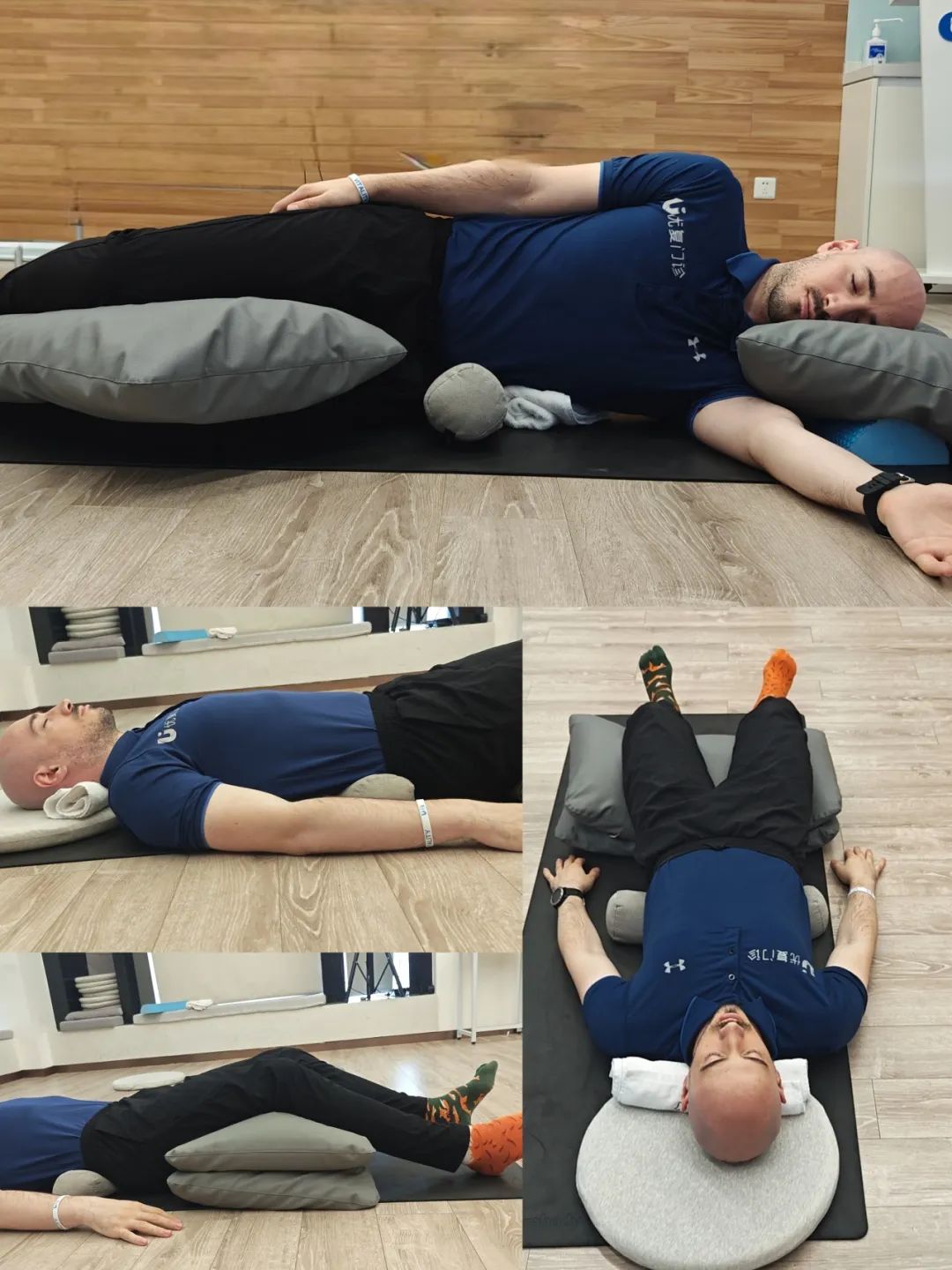
It’s also worth noting that those who are pregnant will also benefit greatly by sleeping on their side with the support cushion, especially during the last trimester. Sleeping on the left side is preferred as it keeps pressure off internal organs and promotes healthy blood flow, and can also help with digestion. It also decreases the risk of swelling in the ankles and legs.
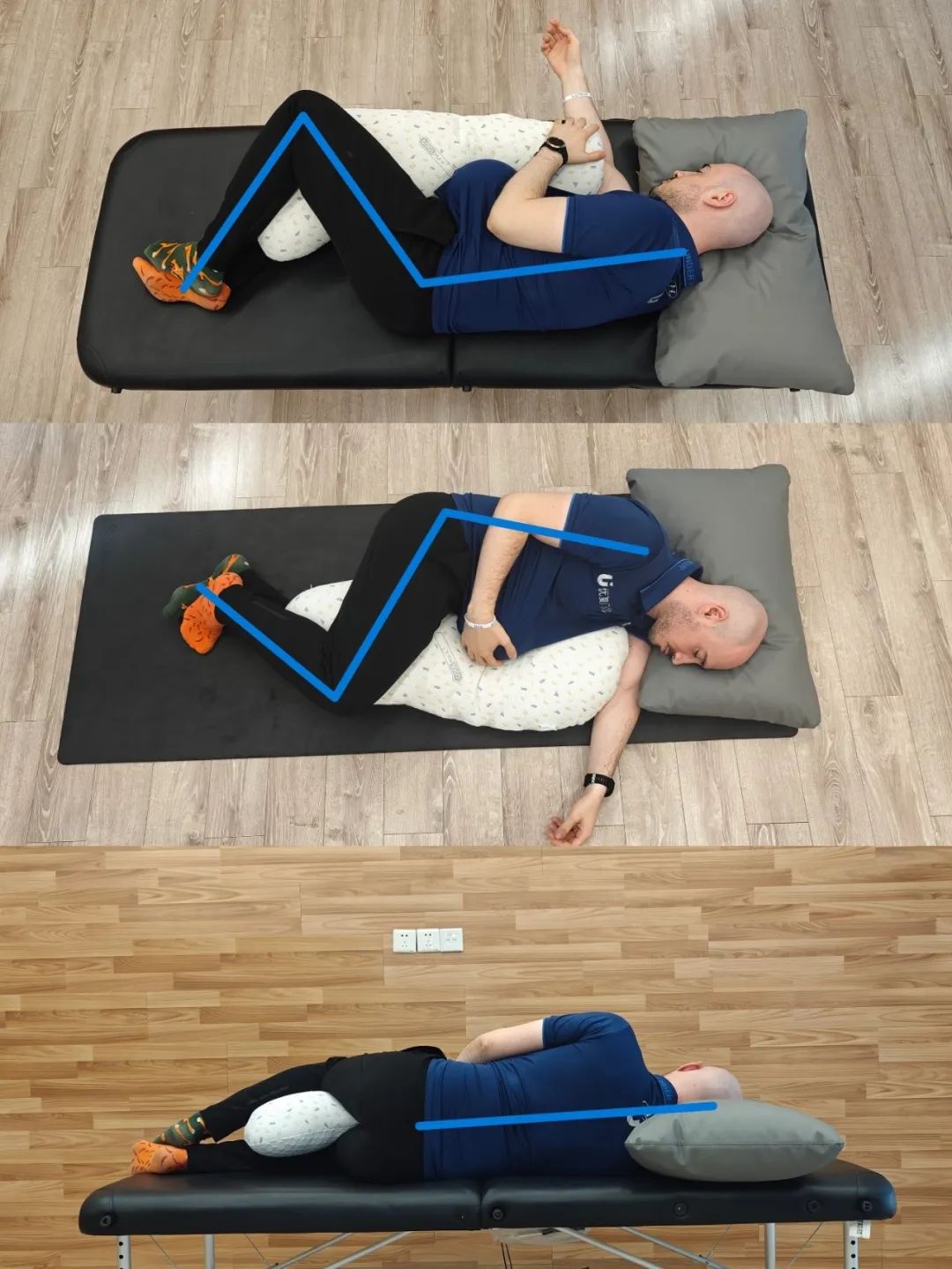
In summary, sleeping on the side – perhaps with your head slightly elevated as long as that’s comfortable — is a good way to sleep.
We hope that after you read this article, you’ll be on your way to a better, more restful nights sleep!

本篇文章來源于微信公衆号: 上海優複康複醫學門診部

